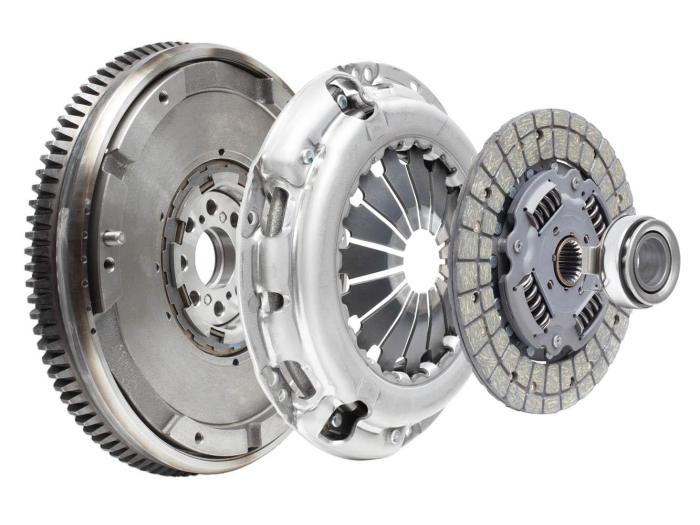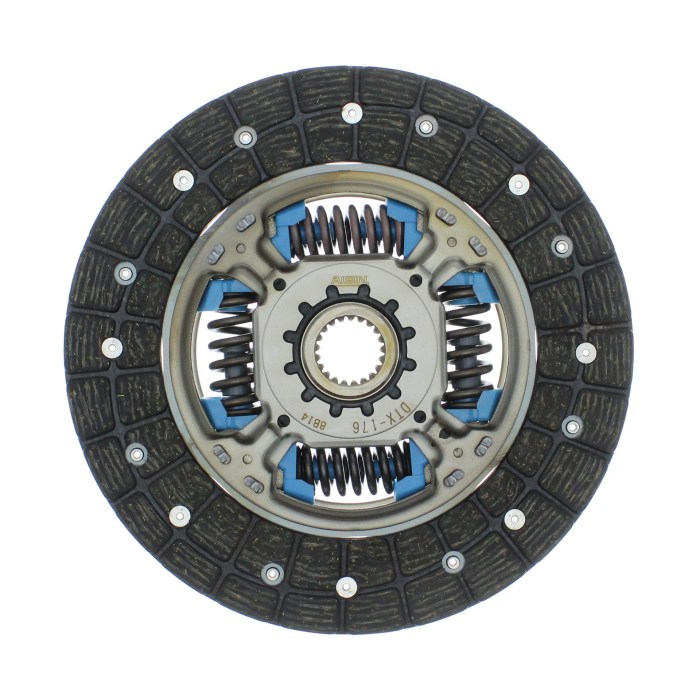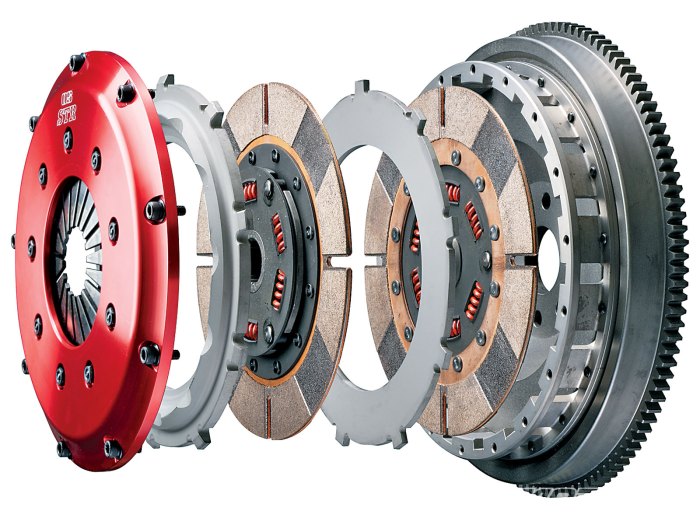Clutch slipping signs can be a real game-changer for vehicle owners, making it crucial to recognize them early on. A slipping clutch feels like driving with one foot on the brake, causing unexpected slips in power that can lead to bigger issues down the road. Understanding how your clutch works and what symptoms to look for can save you from costly repairs and headaches.
Your clutch is the unsung hero of your vehicle’s transmission system, engaging and disengaging power to ensure smooth gear shifts. However, over time, wear and tear can cause it to slip, leading to a range of performance issues. In this discussion, we’ll explore the common signs of a slipping clutch, potential causes, and how to address these problems before they escalate.
Clutch Slipping Overview: Clutch Slipping Signs
Clutch slipping is a common issue that can significantly impact vehicle performance and safety. This phenomenon occurs when the clutch fails to fully engage, leading to decreased power transfer from the engine to the wheels. Understanding clutch slipping is essential for any driver, as it can indicate underlying mechanical issues that, if left unaddressed, may result in costly repairs or unsafe driving conditions.
The clutch is a critical component of a vehicle’s manual transmission system, designed to engage and disengage the engine from the drivetrain. When the clutch pedal is pressed, a release mechanism separates the clutch disc from the flywheel, allowing the driver to shift gears smoothly. If the clutch slips, it means that this connection is not solid, which can lead to problems such as reduced acceleration and increased engine RPM without corresponding vehicle speed. The typical lifespan of a clutch varies widely, often ranging from 60,000 to 100,000 miles, but factors such as driving style, vehicle type, and maintenance practices can significantly influence longevity.
Common Signs of Clutch Slipping
Recognizing the signs of clutch slipping early can prevent further damage and more expensive repairs. Key symptoms that indicate clutch slipping include:
- Engine revs without acceleration: If you notice that the engine revs up but the vehicle doesn’t speed up correspondingly, this is a strong indication of clutch slipping.
- Unusual burning smell: A burning smell while driving can suggest that the clutch is overheating due to excessive slipping.
- Difficulty shifting gears: If you find it hard to shift gears smoothly or if you hear grinding noises, it may be a sign of clutch issues.
Differentiating between clutch slipping and other transmission problems is crucial. Unlike a slipping clutch, which primarily affects the connection between the engine and wheels, other issues may stem from transmission fluid leaks or faulty shift linkage. Drivers often experience warning signs like increased pedal effort or a spongy clutch feel before the problem escalates.
Causes of Clutch Slipping
Several factors can lead to clutch slipping, primarily related to wear and tear on the clutch components. Common causes include:
- Worn clutch disc: Over time, the friction material on the clutch disc can wear out, diminishing its ability to hold power.
- Overheating: Frequent or aggressive driving, especially in stop-and-go traffic, can lead to overheating and premature wear of the clutch.
- Improper installation: A clutch that is not installed correctly may not function as intended, leading to slipping issues.
Moreover, driving habits play a significant role in clutch longevity. For instance, excessive use of the clutch while driving in traffic or riding the clutch pedal can contribute to quicker wear and eventual slipping.
Diagnosis and Testing

Diagnosing clutch slipping issues involves a systematic approach to verify the problem. Here’s a step-by-step procedure for conducting a clutch test:
- Visual inspection: Check for any signs of wear or damage in the clutch assembly.
- Clutch engagement test: While driving, engage the clutch in a higher gear at a low speed. If the engine revs without the vehicle accelerating, it indicates a slipping clutch.
- Check for fluid leaks: Inspect the transmission fluid level and look for any leaks that might suggest a problem.
Tools typically needed for testing clutch functionality include a jack, jack stands, wrenches, and possibly a torque wrench for checking specifications.
Repair and Maintenance Strategies
When a clutch begins to slip, there are several repair options available, including:
- Replacing the clutch disc and pressure plate: This is the most common fix and often necessary if the clutch has worn out.
- Adjusting the clutch cable: In some cases, simply adjusting the cable can resolve minor slipping issues.
- Cleaning or resurfacing the flywheel: If the flywheel is damaged, resurfacing may help improve clutch engagement.
Preventive maintenance can extend the life of a clutch. Regularly inspecting the clutch system, avoiding aggressive driving, and ensuring proper installation can help prevent issues. The costs associated with repairing a slipping clutch can vary significantly based on the vehicle type, labor rates, and parts, often ranging from a few hundred to a couple of thousand dollars.
When to Seek Professional Help, Clutch slipping signs
It’s crucial to know when to consult a professional mechanic for clutch issues. Indicators include:
- Persistent slipping symptoms that do not resolve with basic adjustments.
- Unusual noises coming from the clutch area that could indicate serious problems.
- Difficulty engaging gears, which might suggest deeper transmission issues.
While DIY repairs may seem cost-effective, the risks involved can lead to further complications and higher costs down the line. Regular vehicle inspections can play a vital role in identifying potential clutch issues early on, preventing them from becoming major problems.
Case Studies and Examples
Real-world examples of vehicles experiencing clutch slipping reveal the impact of neglect and the importance of timely maintenance. Testimonials from drivers often highlight common experiences, such as:
- A driver of a 2015 Honda Civic reported that the clutch began slipping after 70,000 miles, leading to a costly replacement.
- Another driver shared that their 2012 Ford Focus exhibited symptoms of clutch slipping, which were resolved after a professional inspection and repair.
| Vehicle Make | Model | Common Clutch Issues |
|---|---|---|
| Honda | Civic | Clutch slipping after 60,000 miles |
| Toyota | Corolla | Difficulty shifting gears |
| Ford | Focus | Overheating and burning smell |
Frequently Asked Questions

A list of common inquiries regarding clutch slipping includes:
- What causes clutch slipping? Clutch slipping is primarily caused by wear on the clutch disc, overheating, and poor installation.
- Can I drive with a slipping clutch? It’s not advisable, as continuing to drive can cause further damage to the transmission.
- How often should I replace my clutch? The average lifespan of a clutch is usually between 60,000 to 100,000 miles, but it can vary based on driving habits.
Myths related to clutch performance often lead to misconceptions. For instance, many believe that all clutches can be adjusted indefinitely; however, once a clutch has reached its wear limit, replacement is necessary. A glossary of terms related to clutch systems can provide clarity on concepts such as “friction material,” “pressure plate,” and “flywheel,” enhancing understanding for drivers and mechanics alike.
Conclusive Thoughts

In summary, recognizing clutch slipping signs early can prolong your vehicle’s lifespan and enhance your driving experience. Whether it’s adjusting your driving habits or seeking professional help, being proactive is key to maintaining your clutch’s health. Don’t wait for the problem to escalate—stay informed, keep an eye on those signs, and enjoy a smoother ride.